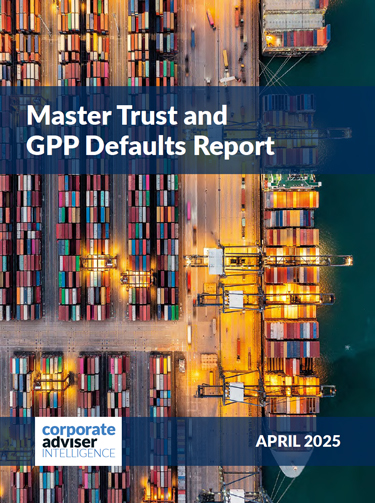Extreme heat has been identified as one of the most pressing emerging risks with implications for insurance, health and corporate liability, according to Swiss Re’s 2025 SONAR report.
Recent research shows that extreme heat causes up to 500,000 deaths worldwide each year, with strong winds raising the risk of wildfires. However, Swiss Re warns that the impact extends beyond health, affecting industries such as insurance, energy, and telecommunications.
Extreme heat can lead to overheating in data centres and strained networks. The report highlights a 60 per cent increase in AI-related incidents, with one-third caused by system failures such as algorithm errors, poor data, infrastructure problems, and oversight lapses.
Swiss Re says that as insurers develop AI-specific products, gaining a clear understanding of these risks is essential to defining coverage, setting exclusions, and standardising policy terms.
The report also highlights broader structural risks, including declining trust in institutions, shifting mortality trends, and rising litigation costs, key challenges for insurers and employers.
Swiss Re’s Group chief economist Jérôme Haegeli says: “Extreme heat used to be considered the ‘invisible peril’ because the impacts are not as obvious as of other natural perils. With a clear trend to longer, hotter heatwaves, it is important we shine a light on the true cost to human life, our economy, infrastructure, agriculture and healthcare system.”
Swiss Re Group chief risk officer Patrick Raaflaub says: “Amid an increasingly interconnected risk environment, insurers are having to continuously adjust the scope of their risk horizon. Between the growing risk of extreme heat events, emerging liability risks or the changing scope of AI-related risks, it’s clear the conversation must evolve beyond individual topics to examine how large macro trends are now reshaping today’s risk landscape.”





